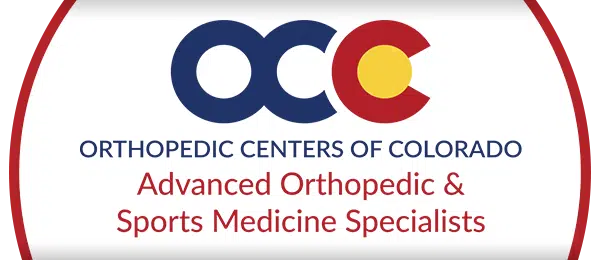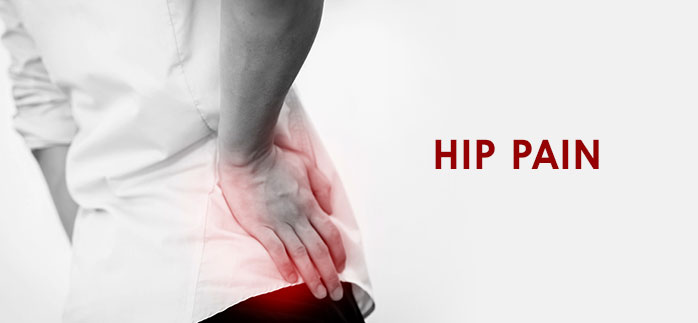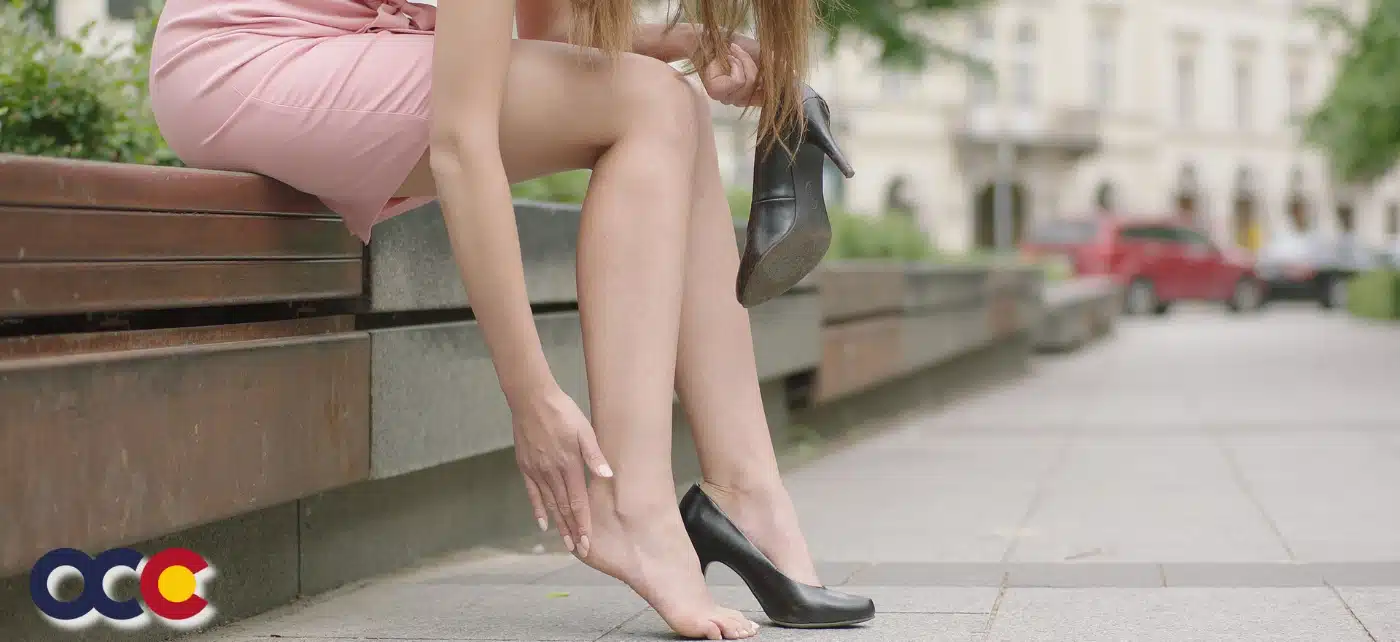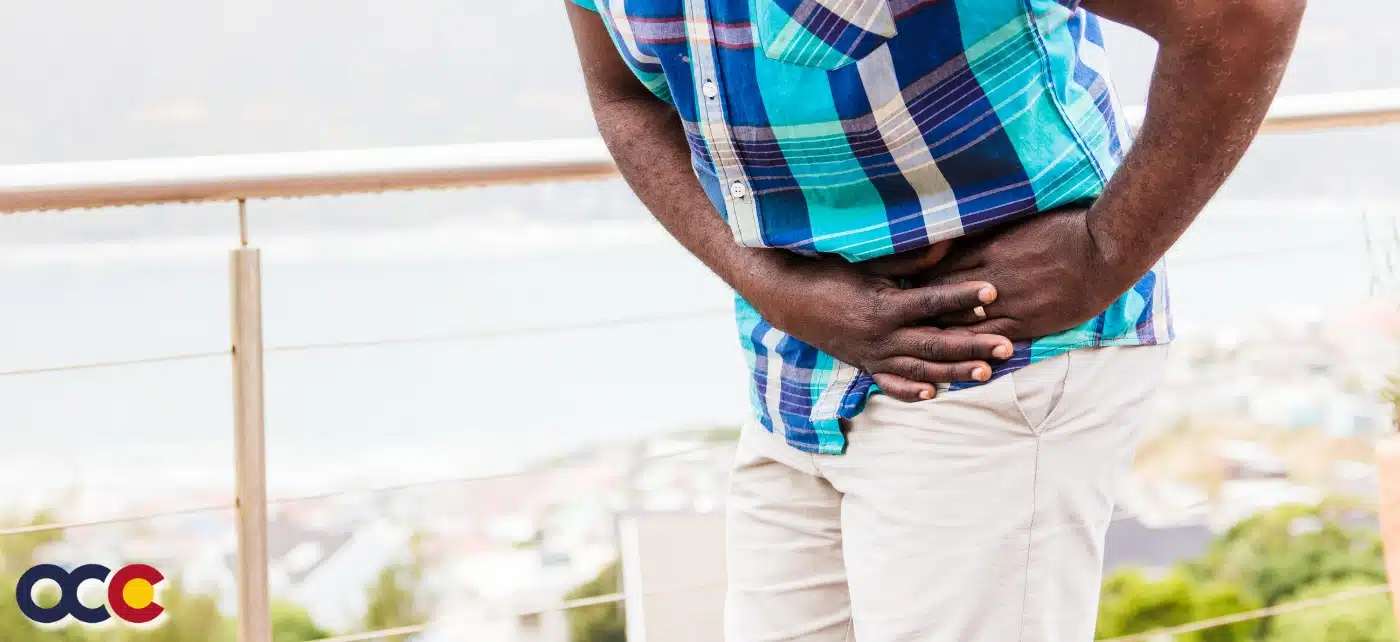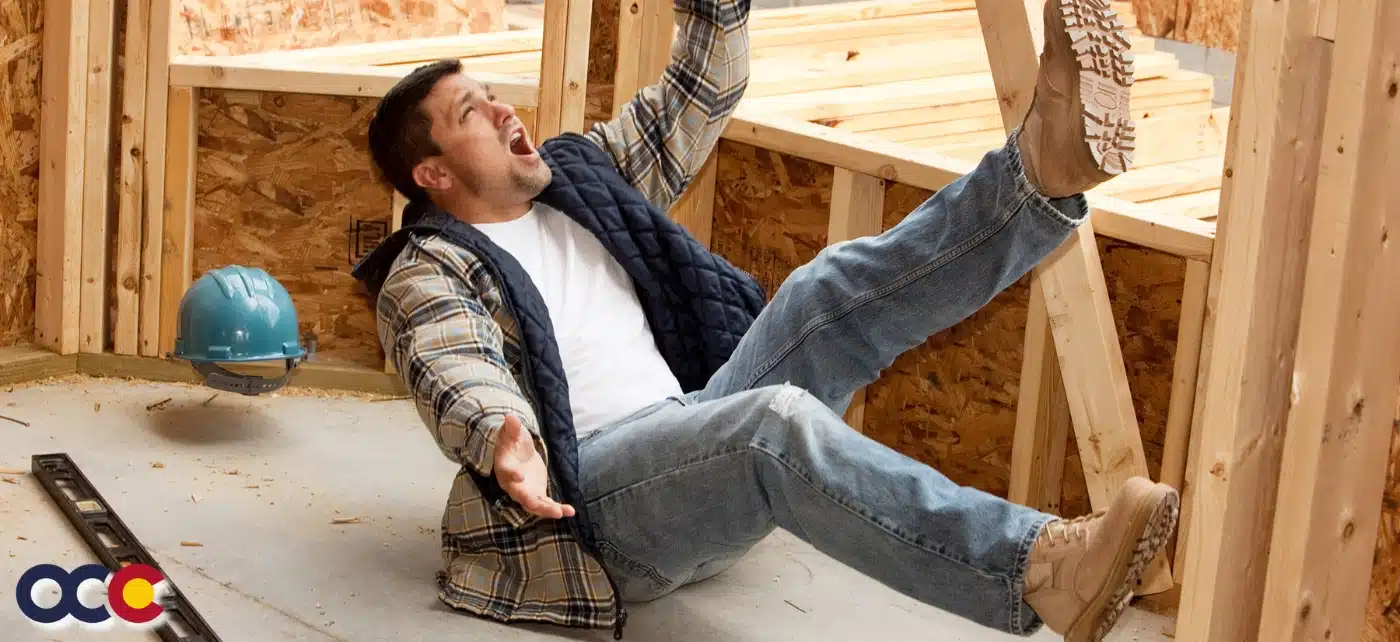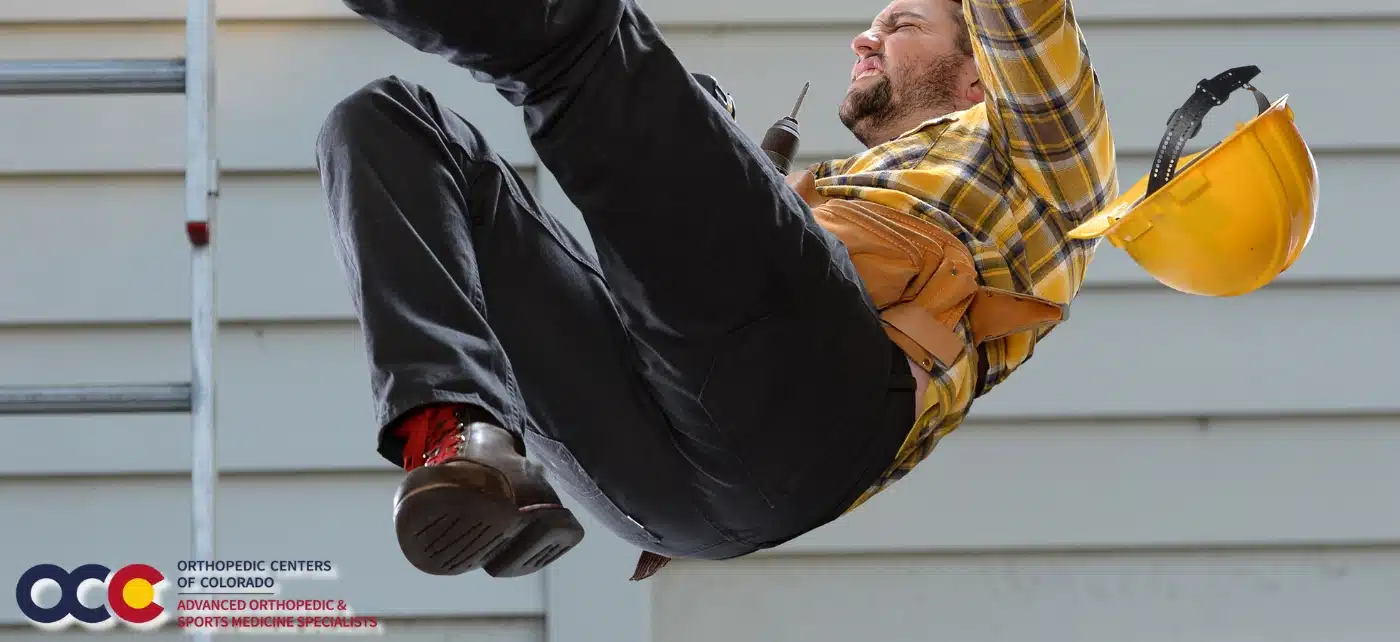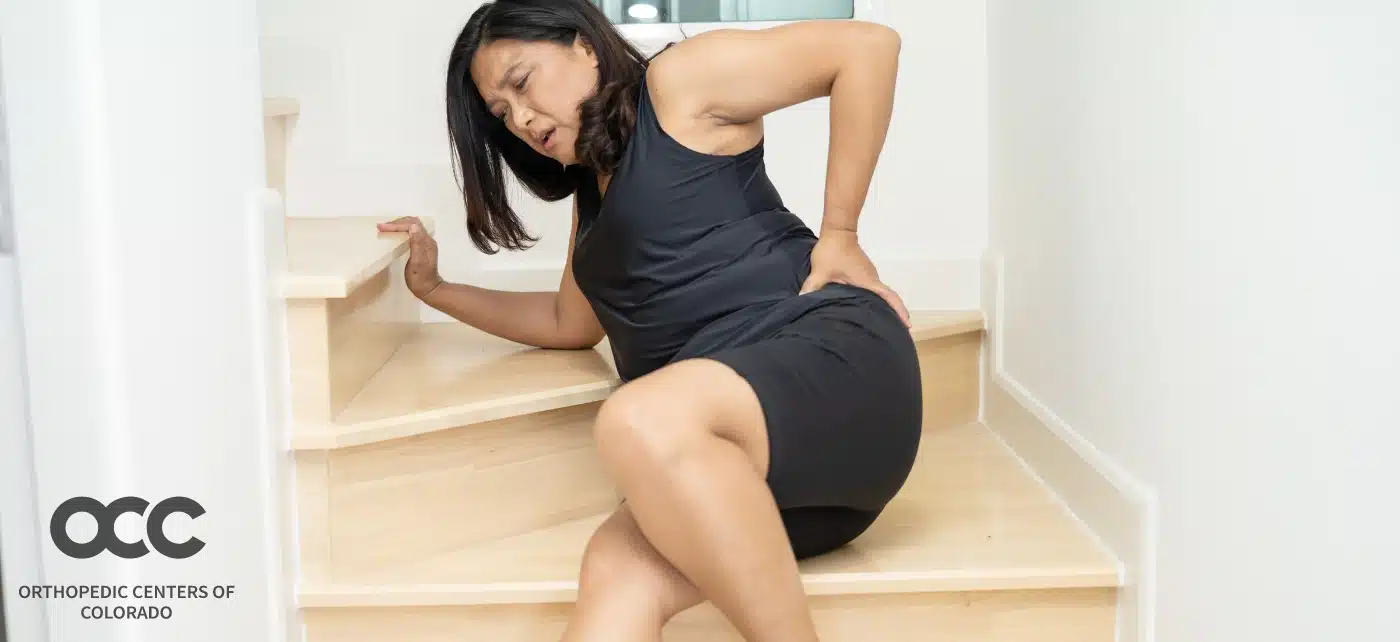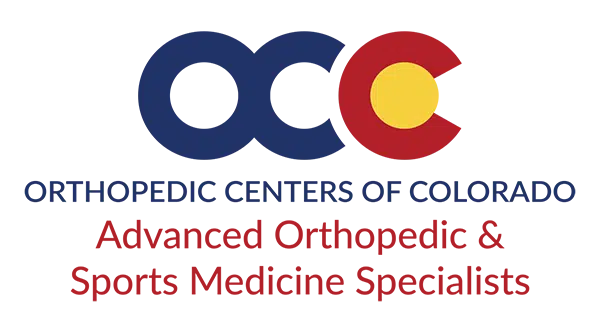3 Common Causes of Hip Pain and Answers about Treatment
Pain in any load-bearing joint, like your hip or knee, can be very debilitating and have a huge impact on day-to-day activities and quality of life. And while minor hip pain can often be resolved with conservative measures such as rest, pain relievers, and ice or heat, more severe hip pain typically indicates damage to the bone, cartilage or supporting muscle and needs proper diagnosis.
You may have experienced a nagging pain that developed over time, or pain accompanied by a popping sound resulting from a movement or impact, or the inability to bear your body weight or move your leg. Hip pain can also be accompanied by secondary discomfort in thigh, groin, back or buttocks. If you’ve been experiencing any of these symptoms, it’s time for a medical evaluation. Most patients usually feel like they have pulled a groin muscle and it just doesn’t get better with rest and time.
Common causes of serious hip pain are arthritis, injury, and specific hip conditions (disease) such as acetabular dysplasia. Although the hip’s design supports repetitive motion and ongoing wear and tear, the joint is still vulnerable to damage and breakdown over time. Arthritis and injury are examples of breakdowns or damage.
Hip Pain and Arthritis
Hip pain stemming from arthritis often presents in the front of your thigh or in the groin due to stiffness or swelling in the joint. Osteoarthritis – the most common type of arthritis – tends to occur as people age and causes cartilage tissue in the hip (or other joint) to break down over time. This breakdown is what causes pain and swelling.
Treatment for hip arthritis ranges from exercises that foster increased range of motion and strength, injections, medications, to surgical options that include arthroscopy, hip osteotomy, resurfacing and total hip replacement. Your orthopedic specialist will evaluate the severity of your arthritis, your overall health and other factors to determine the best treatment with mutual decision making to get you active and pain free.
Hip Injuries
Tendonitis, bursitis, dislocation, tendon tears, and hip fractures are common types of hip injuries that require treatment. Treatment varies from pain relief and therapy to surgical procedures depending on individual circumstances. Injuries like dislocation, fracture or strains often occur from some kind of trauma, such as a car accident, sports collision, overexertion or a fall. The pain is sudden and often severe.
Other injuries like strains and bursitis can also cause intense pain but may develop over time, caused by overuse, over-extending a muscle, or degenerative conditions, to name a few. Because the causes and symptoms of hip issues can vary widely, don’t ignore a nagging pain or a sudden change in your hip health – especially after a fall or other trauma event. See your orthopedic specialist to be properly diagnosed, so healing, or symptom management can begin.
Hip Conditions and Diseases
There are a number of diseases that can impact the hip joint, including various types of arthritis and other auto-immune diseases as well as types of hip dysplasia. While most people think of dysplasia occurring in infants or small children, undiagnosed dysplasia (known as acetabular dysplasia) follows patients into adulthood.
The condition is and is found with greater incidence in females, relatives with dysplasia, first born babies and babies born in the breech position. Developmental Dysplasia of the hip (DDH) is the second most common single cause of osteoarthritis of the hip in young and older adults. The most common procedure to treat adolescent hip dysplasia is a periacetabular osteotomy (PAO). In hip osteotomy, the head of the thighbone or the socket is cut and realigned to take pressure off the hip joint.
Address Hip Pain So You Can Be Active
The hip is one of the largest weight-bearing joints in the body so it’s understandable why hip pain is so challenging. Don’t let hip pain, keep you from being active. Get a professional diagnosis and treatment plan so that you can maintain or improve your mobility and remain active. Schedule an appointment today with one of our orthopedic hip specialists to find the right solution for your hip pain.
